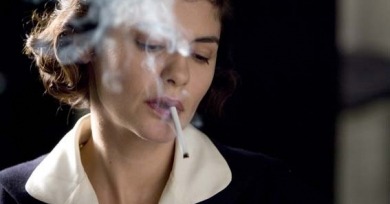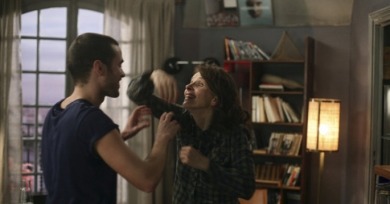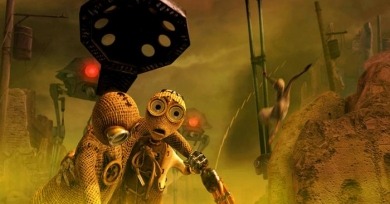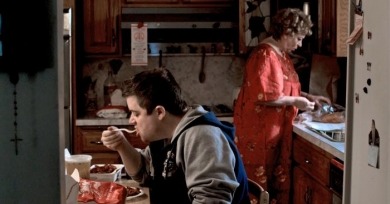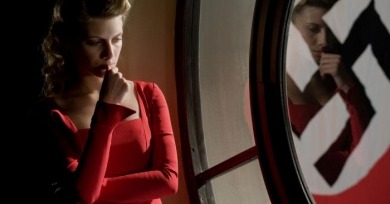Reviews
Following in the footsteps of the unfortunate Jane Austen biopic Becoming Jane, Anne Fontaine’s glossy period piece Coco Before Chanel focuses exclusively on the youthful romances of a fascinating, independent woman in the years before her professional success.
For a film that tries so mightily to appear intoxicated by art’s capacity for beholding and creating beauty, Bright Star just isn’t inquisitive enough about how such beauty takes shape in the gap between reader and writer.
The films of Cedric Klapisch are easy to dismiss. They seem a bit too slick of surface and shallow of meaning. They’re comfortably tucked between entertainment and art, between slumming intelligence and vainglorious style.
In Paris, Duris is once again a cog in the Klapisch machine, but this time the attention is more evenly spread out across the cast members, and he’s now dealing with older characters.
This being a film by Claire Denis, perhaps contemporary cinema’s most confidently abstract artisan, this is all told as though a rush of feelings and glimpsed moments rather than through sharply defined events and turning points.
For most of the past decade, as the death knell has sounded repeatedly for American studio-produced hand-drawn animation, a new set of clichés have come into being for—mostly computer-animated—family movies.
A rallying cry for the put-upon boss, Mike Judge's Extract makes for a perverse double feature with Office Space, Judge's cult favorite about cubicle life.
In Leslie Cockburn’s American Casino, a former mortgage bond salesman makes a familiar argument when he asserts that the country’s drive towards fiscal suicide was fueled by “greed.”
Sports fandom is rarely depicted in the movies, but whenever it is it’s usually portrayed as the domain of obsessive, stunted, sociopathic creeps.
In its depiction of the outcome of World War II, Tarantino doesn't just provide revisionism, he implicitly, and winkingly, acknowledges the subjectivity of film historicity.
The Baader Meinhof Complex, produced and adapted by Bernd Eichinger (who also wrote Downfall, which chronicles Hitler’s last days) from a book by journalist Stefan Aust, attempts to dramatize the events that led to the group’s abrupt rise and slow but noisy fizzle.
My One and Only, directed by Richard Loncraine, follows the trio as they navigate a series of potential suitors and long stretches of Route 66; predictably, their journey doesn’t quite proceed as planned.
